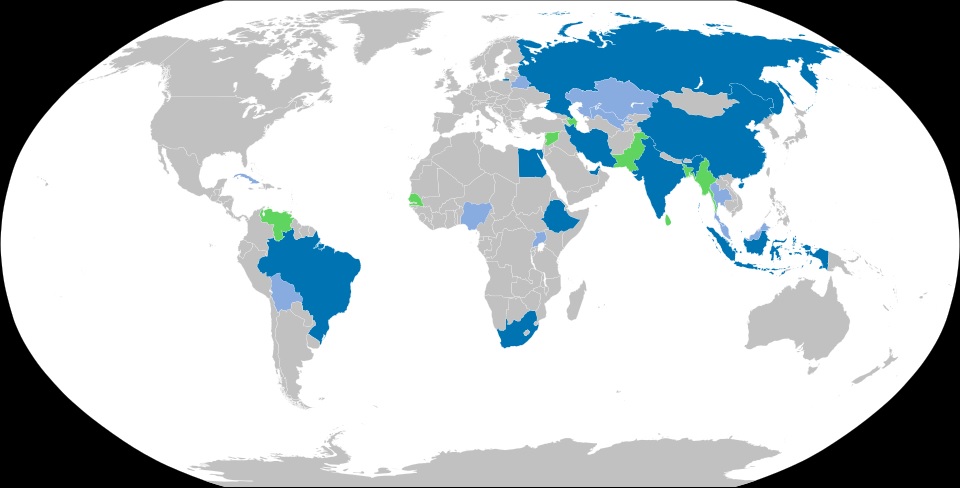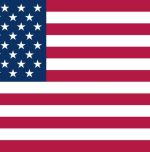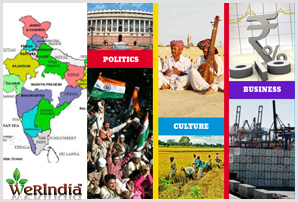US tariffs on India backfire, boost BRICS unity

Global trade tensions are rising as the United States imposes steep tariffs on Indian imports.
The Trump administration recently doubled tariffs to 50%, targeting Indian goods in response to New Delhi’s continued energy trade with Russia.
Leading economist Richard Wolff strongly criticised the move, warning that it could damage the US economy and strengthen emerging alliances like BRICS.
Wolff explained that isolating India could accelerate the rise of BRICS as a powerful economic bloc.
India, now the world’s most populous country, has deep historical ties with Russia. With the US shutting its doors, India may increase trade within BRICS, redirecting exports away from American markets.
Economists believe the tariff hike could hurt US businesses, increase consumer prices, and impact job growth.
India is now facing the same tariff rate as Brazil, making it one of the most heavily penalised US trade partners.
The announcement marked a significant shift in global trade relations. Analysts say it reflects a growing divide between the West and developing powers.
Instead of isolating India, the strategy may push it closer to countries like Russia and China, enhancing BRICS cooperation.
Meanwhile, White House trade advisor Peter Navarro also escalated tensions by blaming India for prolonging the Russia-Ukraine conflict.
He argued that India’s purchase of discounted Russian oil weakens Western sanctions and places an additional financial burden on the US and Europe.
Navarro also criticised India’s trade policies and accused it of prioritising its energy needs over global stability. He urged India to align more closely with Western democracies.
India condemned the US tariffs, calling them unjustified and harmful to bilateral ties.
The Indian government emphasised its right to safeguard national interests and economic security.
With no immediate signs of compromise, experts expect this trade rift to deepen.
The fallout may push India to strengthen alternative trade partnerships and reshape its global economic strategy.
Image Credit: Enyavar, based on File:BRICS.svg, CC BY-SA 4.0, via Wikimedia Commons
Source: Own work (with information from source as of 2024-12-26. Also, Nigeria added.)
Image Reference: https://commons.wikimedia.org/wiki/File:BRICS,_partners_and_applicants_(2025-01).svg









